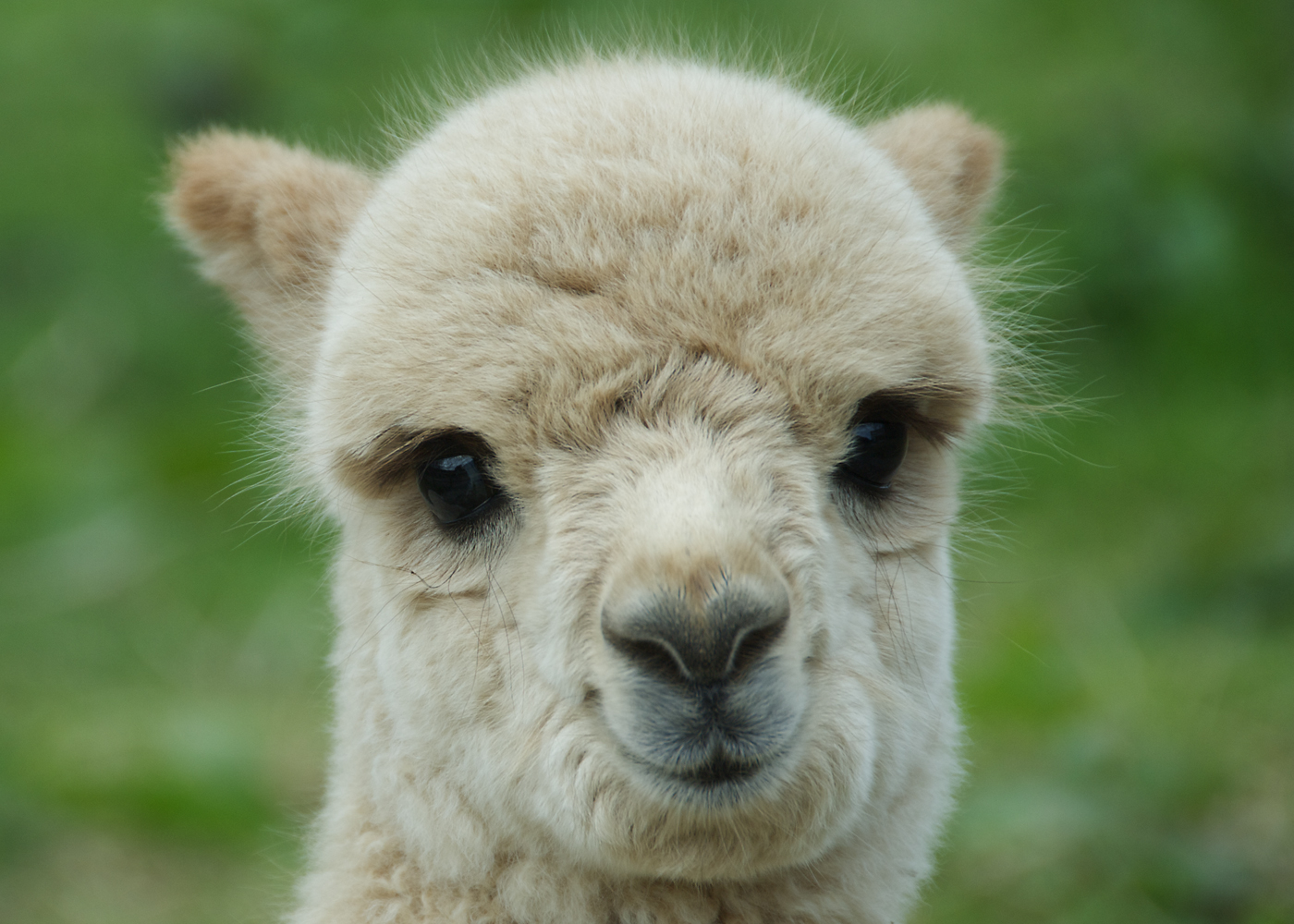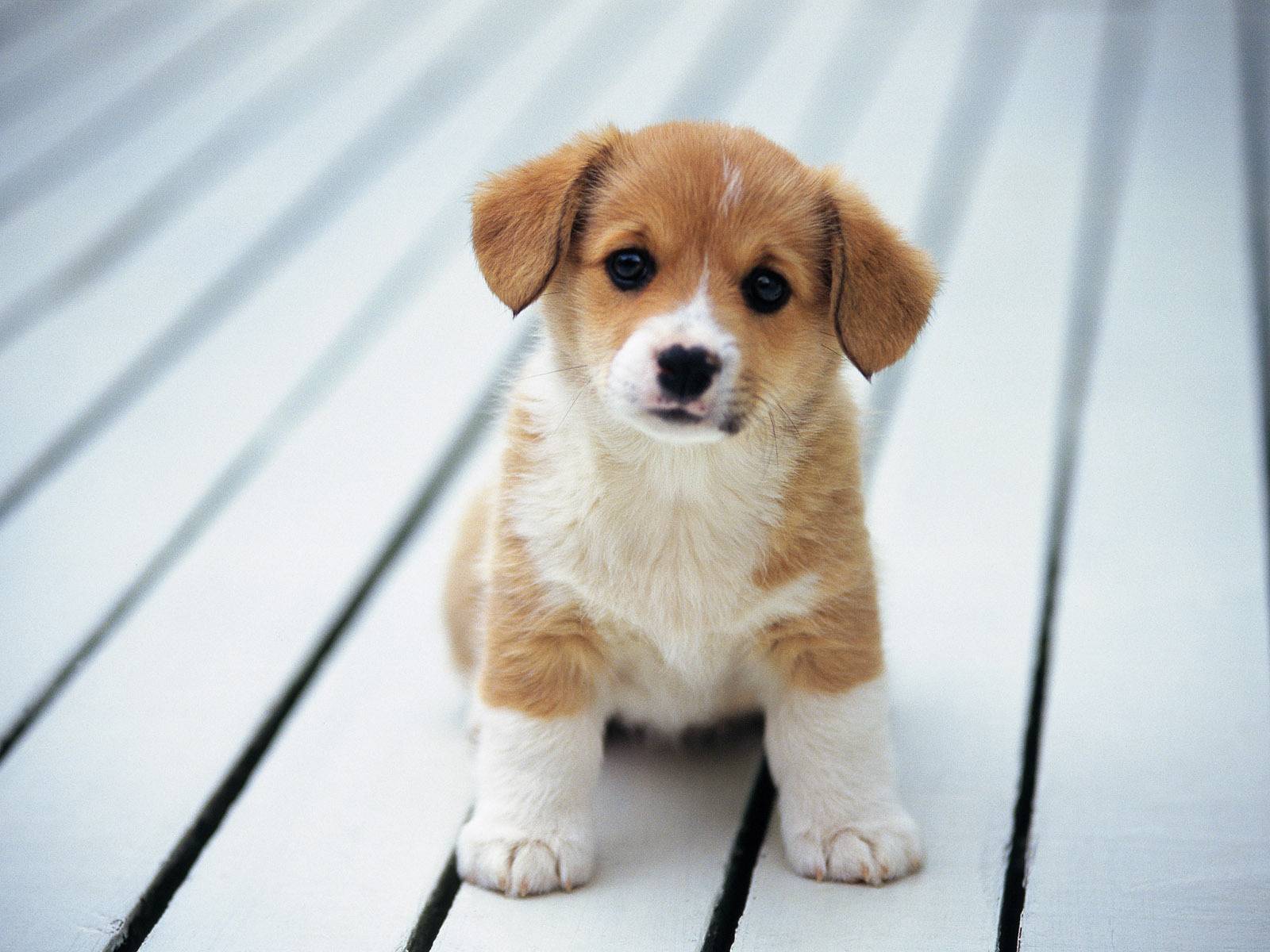why are some animals so cute
The science of cute
Cute baby creatures are adorable; lambs gambolling in a field, fluffy ducklings in a nest or kittens playing with a ball of wool can make even the hardest soul melt. But what makes the 'oohs' and 'aahs' escape us when cute creatures are around, but not when we're faced with a swarm of bees, for example?

Looking at cute creatures floods our brains with feel-good chemicals
The science behind the cutesy faces is simple: we like baby animals because we are biologically programmed to like human babies, and we need to like our human bambinos so that we take care of them, ensuring the human race lives on.
There are certain features that a lot of baby mammals have in common and these are the triggers that make us go gooey on the inside. Among others, big eyes and fuzzy, podgy bodies push our buttons. Babies have these traits, as do puppies, along with many other things that you might not even notice. Ever wandered past a car and thought it looked cute? Not a coincidence. The manufacturers of the Mini Cooper have thought ahead and made the headlights large, rounded and forward-facing to mimic a pair of large baby peepers and send our cute receptors firing all over the place.
The reason why we love cute things is because they flood our brains with feel-good chemicals. If you're having a bad day, just do a swift internet search for a baby llama and you'll feel better in no time. Interestingly, many people will look at that llama and think it's just so incredibly adorable they could smoosh it up and eat it. This is called cuteness aggression and, although it sounds a bit weird, it's perfectly normal. Your brain senses the cute, but then tries to overcompensate for it! As long as you don't actually take a bite out of the little guy, you're fine.
But why are we so cute? It's because we walk on two legs. Due to our bipedalism, our pelvises shifted, meaning that women can't give birth to anything larger than a baby's head. Our human brains are already disproportionately large, which is why a baby's head is so big and round at birth. This sends our cute response into overdrive and we can't help but want to take care of the mini person forever.
Did dogs evolve to be cuter?

Domesticated dogs are big softies, with floppy ears, silky fur and friendly faces, whereas wolves have much more angular features, with pointy ears, sharp eyes and rougher fur.
Anyone who owns a pet dog will be no stranger to 'puppy dog eyes' – the look our pooches give us that we just can't resist.
We know that domestic dogs are descended from wolves and it's also very clear to anyone who's ever set eyes on a labrador, that there are features domestic dogs have that make them far cuter to us. An aggressive wolf approaching a group of early humans with teeth bared is far less likely to be tolerated than a friendly wolf that gives the classic puppy dog eyes.
So, it may be that this doe-eyed expression that sends us reaching for the treat jar may have developed as dogs have exploited human preferences. This manipulation tactic may even work so well that it ensures rescue dogs find a new home: scientists studied dogs in shelters and those that pulled certain facial expressions that we find to be cute were more likely to be adopted!
Discover more amazing science in the latest issue ofHow It Works magazine. It's available from all good retailers, or you can order it online from MyFavouriteMagazines. If you have a tablet or smartphone, you can also get the digital version for iOS or Android. To make sure you never miss an issue ofHow It Works magazine, make sure you subscribe today!
Plus take a look at:
Dog science: Why do dogs have such a good sense of smell? And other canine questions answered
How did so many species of dog evolve from wolves?
Which are smarter: cats or dogs?
Source: https://www.howitworksdaily.com/the-science-of-cute-why-do-we-find-baby-animals-so-adorable/